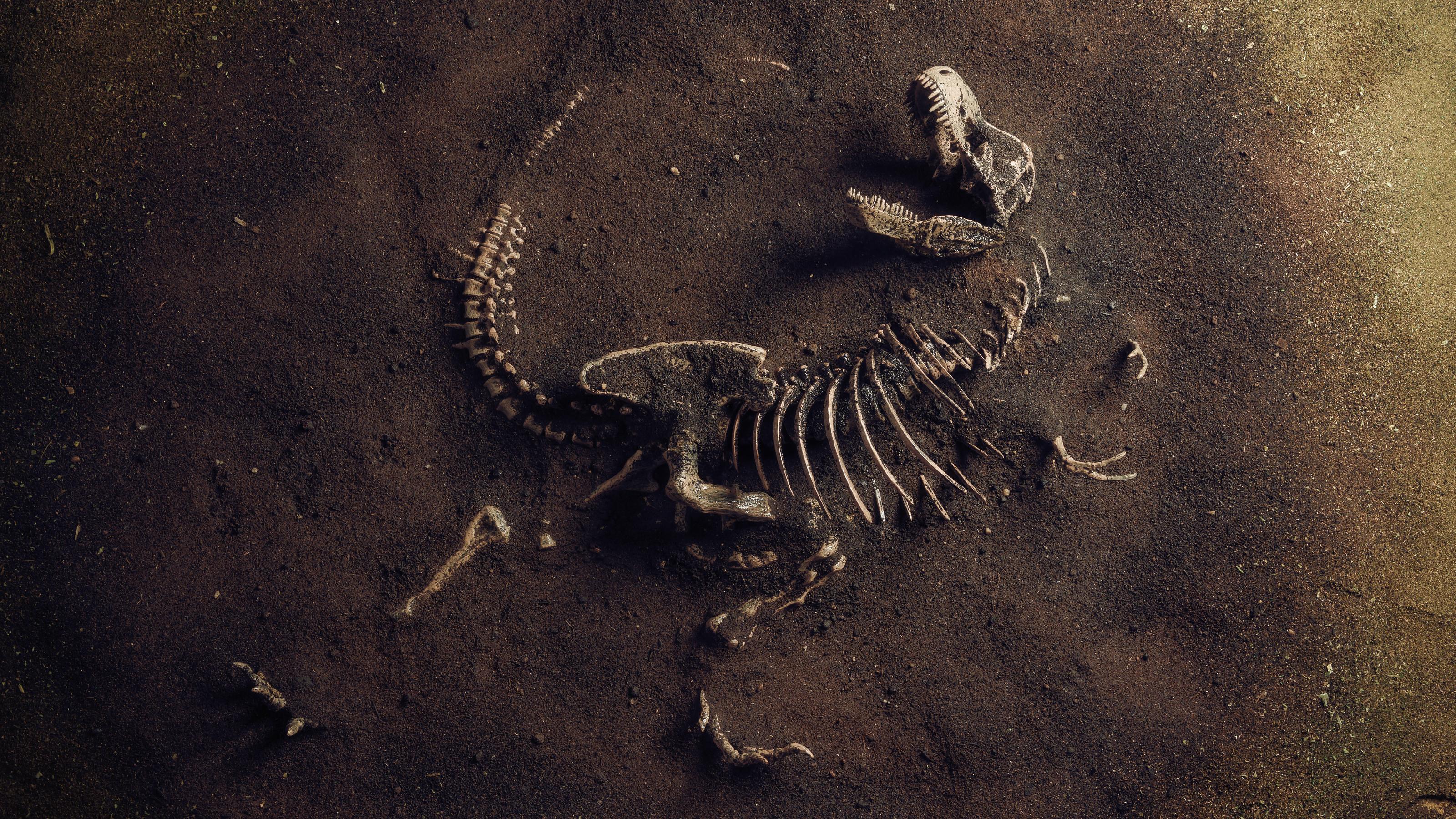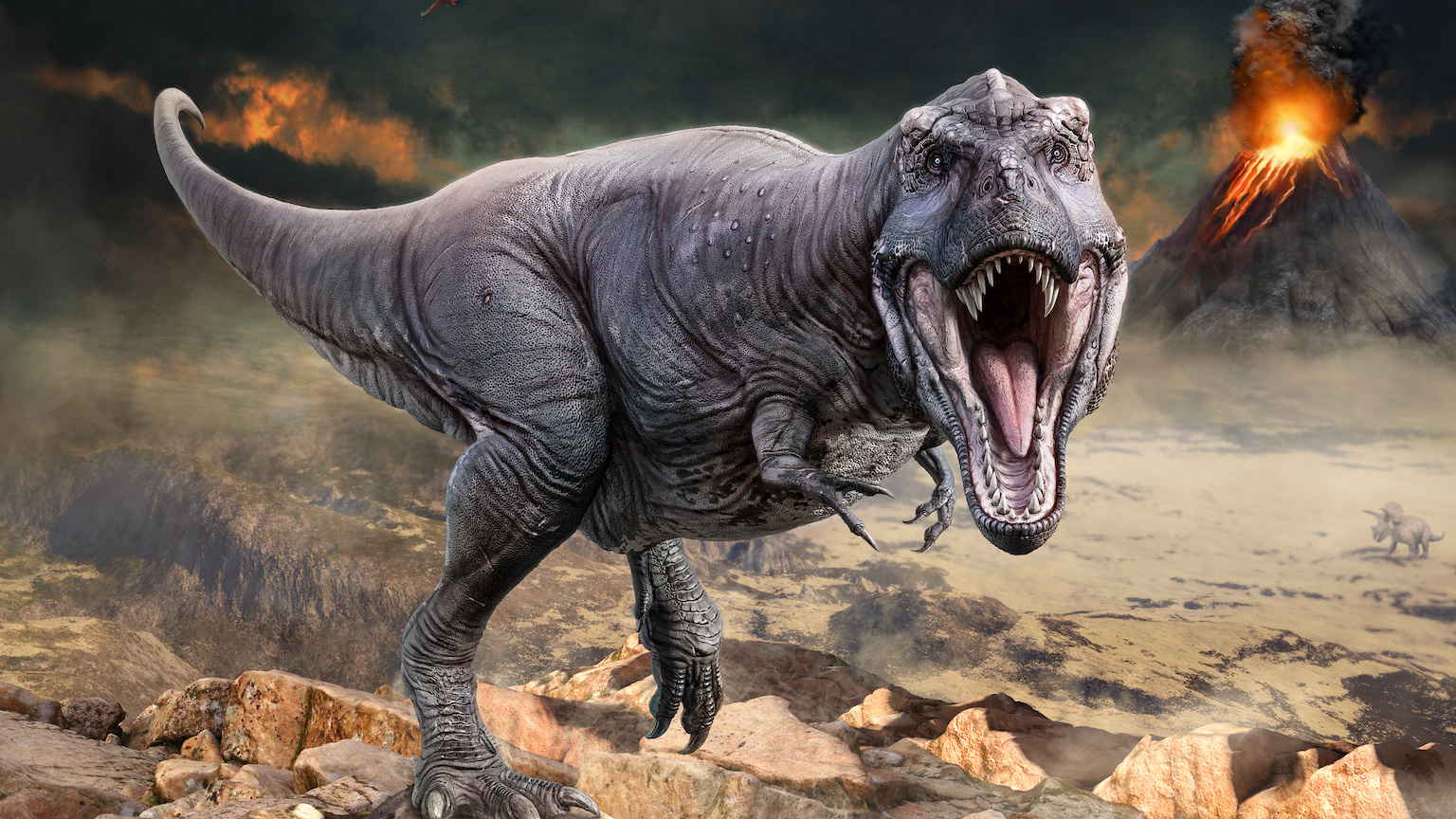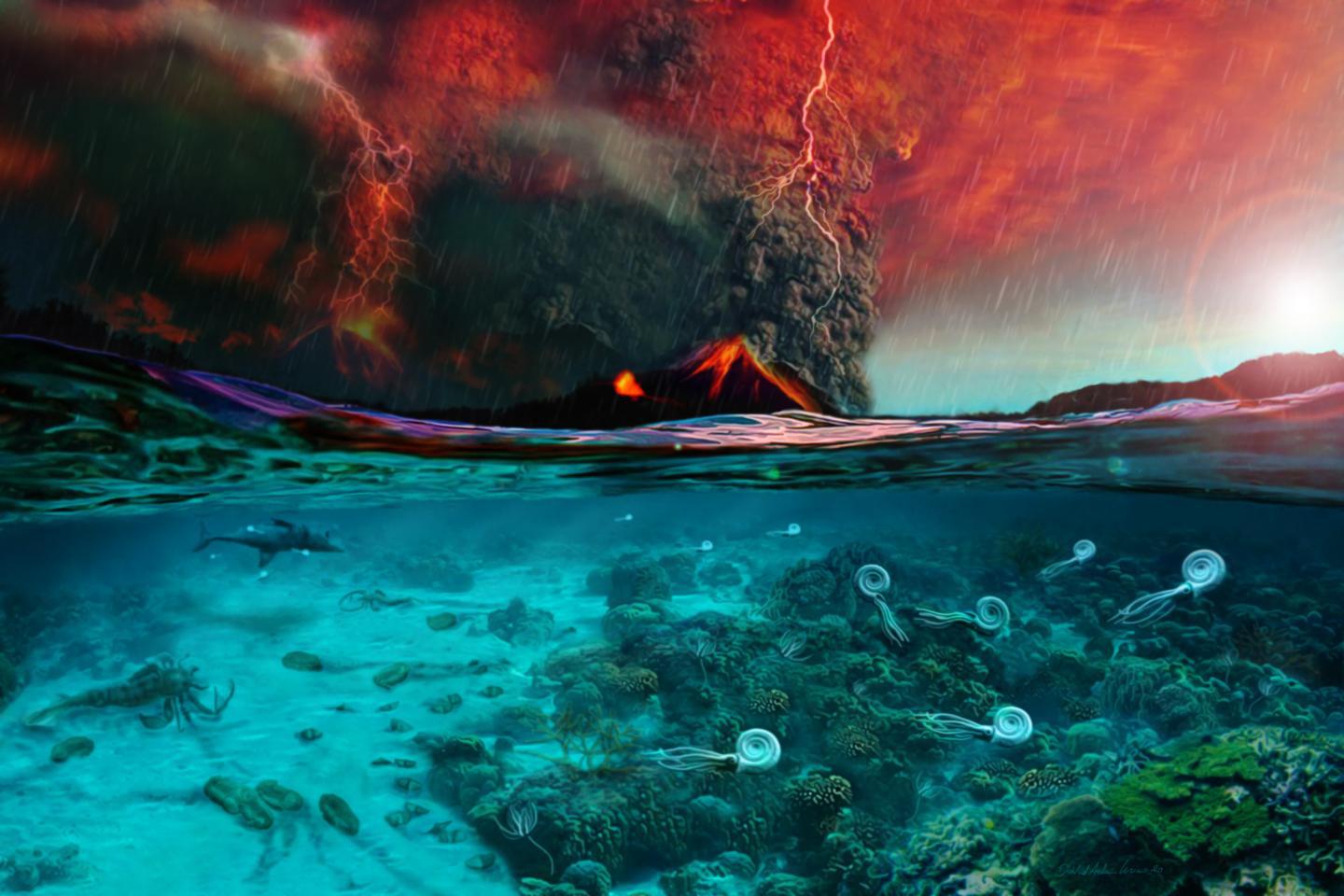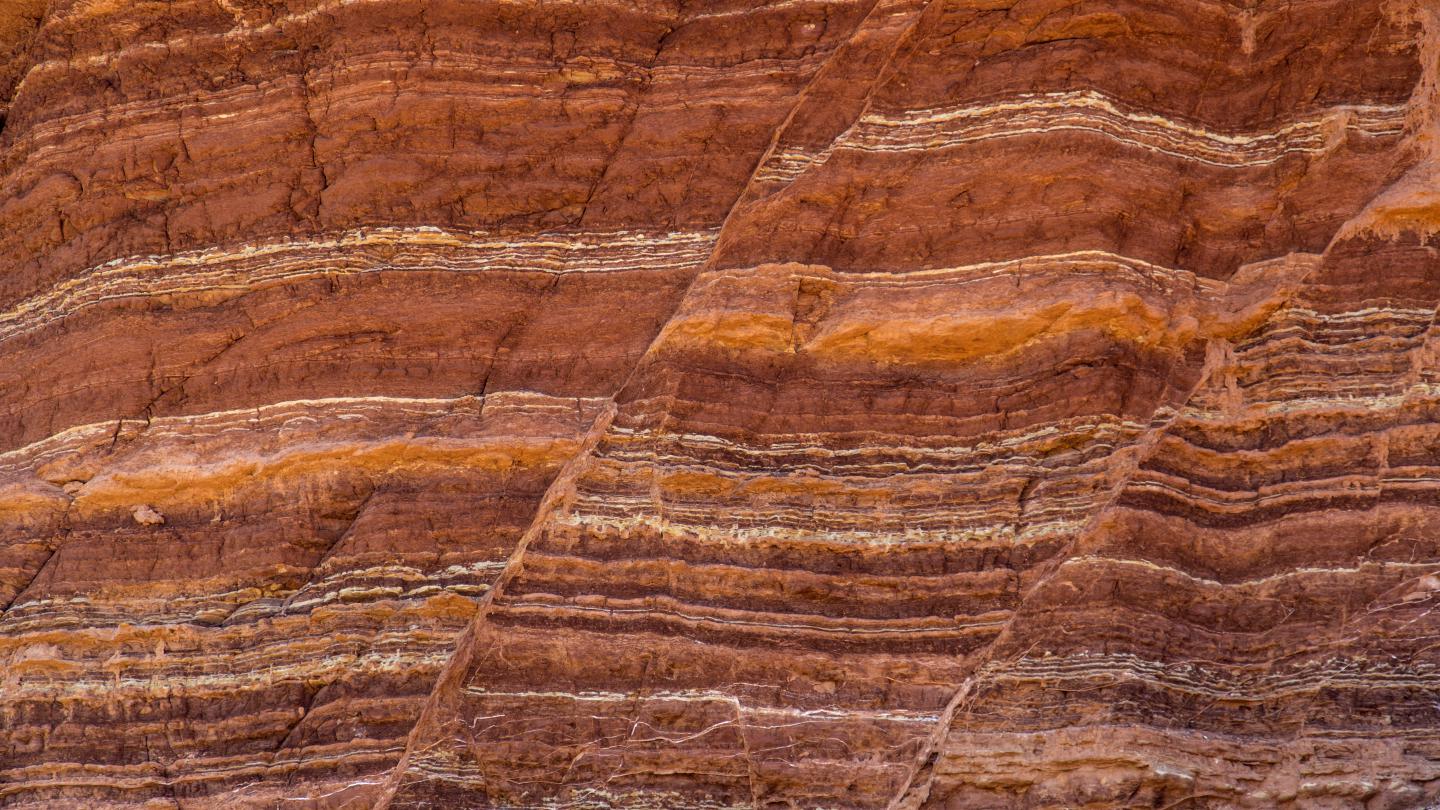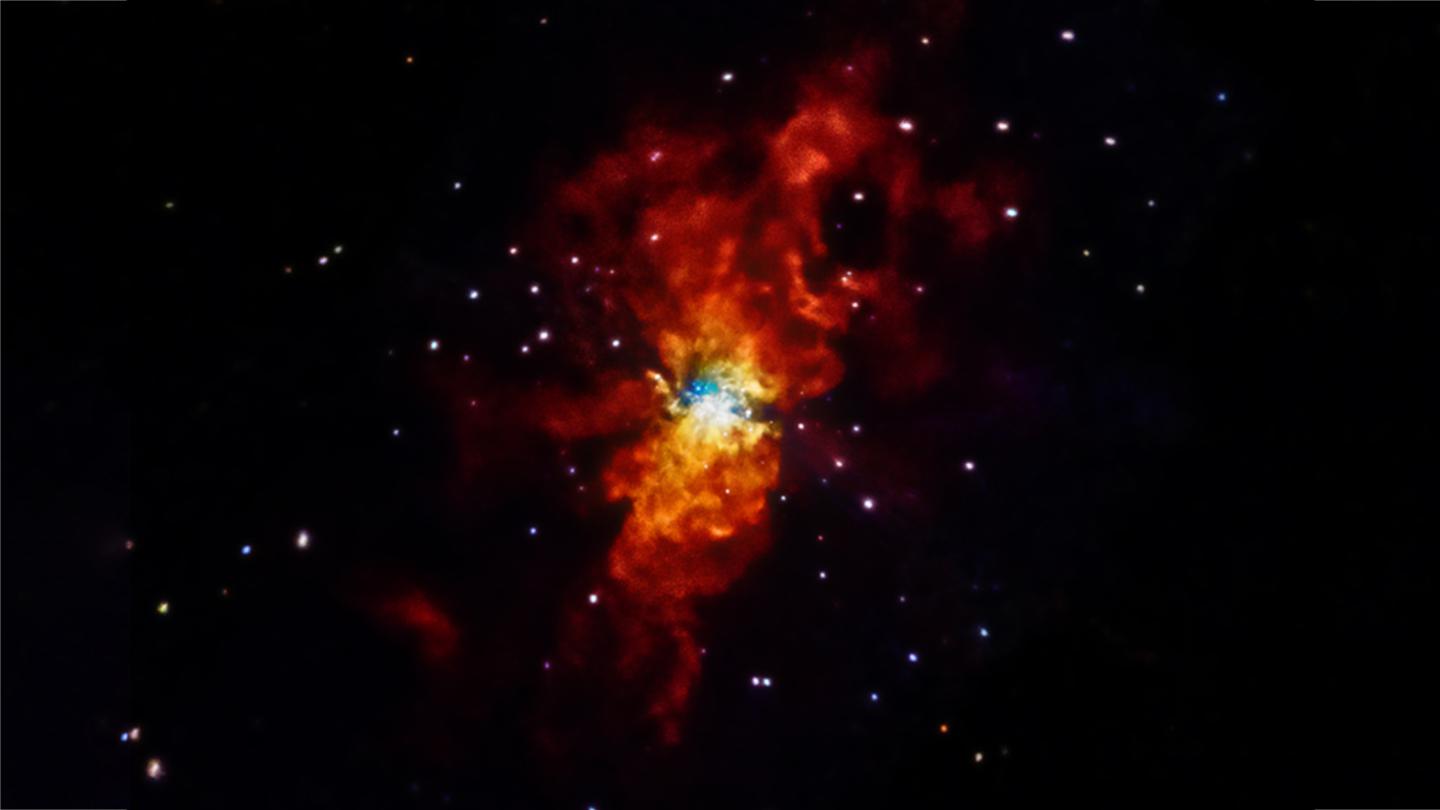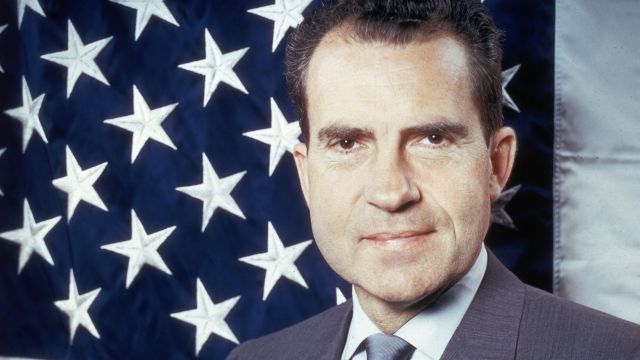Scientists discover what caused the worst mass extinction ever
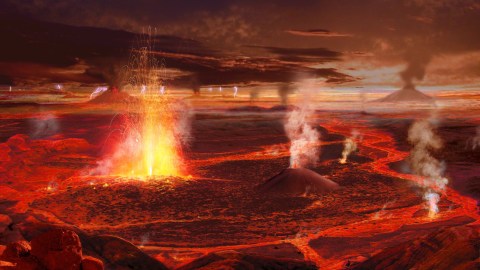
While the demise of the dinosaurs gets more attention as far as mass extinctions go, an even more disastrous event called “the Great Dying” or the “End-Permian Extinction” happened on Earth prior to that. Now scientists discovered how this cataclysm, which took place about 250 million years ago, managed to kill off more than 90 percent of all life on the planet.
The cause of the event was a massive volcanic eruption in what is contemporary Siberia in Russia, known as the “Siberian flood basalts.” What’s remarkable, the eruptions lasted for about one million years.
The study’s lead author Michael Broadley, a postdoctoral researcher at the Centre for Petrographic and Geochemical Research in Vandœuvre-lès-Nancy, France, explained what made this disaster unique:
“The scale of this extinction was so incredible that scientists have often wondered what made the Siberian Flood Basalts so much more deadly than other similar eruptions,” said Broadley.
Indeed, the extinction affected not only larger animals, decimating about 70 percent of them, but also killed off 96 percent of the world’s marine life, as well as countless insects. It inflicted such a loss of biodiversity that it took another 10 million years for the ecosystem to bounce back.
The explanation? The geologists aver that the instigating volcanic eruption was so massive that it destroyed the Earth’s ozone layer at the time. They found this by analyzing the composition of the lithosphere — the hard outer part of the planet, which includes the crust and the upper mantle. Before the Siberian Flood Basalts happened, the Siberian lithosphere featured much chlorine, bromine, and iodine, all chemical elements from the halogen group. Notably, breathing gas containing these elements is highly toxic and will usually result in death. But after the volcanic eruption, these elements seemingly vanished.
“We concluded that the large reservoir of halogens that was stored in the Siberian lithosphere was sent into the earth’s atmosphere during the volcanic explosion, effectively destroying the ozone layer at the time and contributing to the mass extinction,” Broadley elaborated.
Broadley conducted the research on this event, also known as the “Permian-Triassic extinction,” with the help of Lawrence (Larry) Taylor, the study’s co-author and the former director of the Planetary Geosciences Institute at the University of Tennessee, Knoxville. Taylor, a scientist with a career of 46 years, passed away in September 2017 at 79.
You can read the new study in Nature Geoscience.
